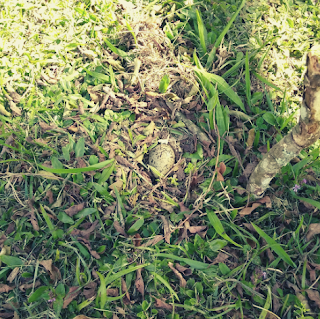There's a common misconception that you cannot forage for food unless you live in a rural area.
This simply is not true.
Many urban, and suburban, locations have an abundance of natural resources. You just have to know where to look.
And in today's article, I will share how you can make urban foraging possible. As well as my own experiences foraging in city and suburban settings.
Key Tips For Urban Foraging
Parks and bike paths generally contain a lot of useful plants. As well as fresh water. On top of this, many shaded streets will have fruit trees.
Generally speaking, parks and undeveloped residential areas will have the most resources.
And depending on local laws, you may be allowed to forage for fruits and berries.
Otherwise, it is still worth knowing where these plants grow - in the event of a worst case scenario like a supply line collapse.
Speaking of worst case scenarios, you usually aren't allowed to fish in park ponds or bike path rivers. But, it is still good to know what types of creatures live here. In the event that you would need to completely depend on yourself for food.
Here's What I Found On A Normal Afternoon While Walking In The City
Alright, time to get personal.
You might be surprised to learn that I don't live in a cabin out in the woods somewhere.
In fact, I spend most of my time in a large city of several million people!
While there are busy streets and plenty of urban locations, there's also a lot of greenery - within easy walking distance from downtown!
Most major cities (like New York or Chicago) have large park areas and natural settings.
They also have access to lakes, ponds, rivers, and sometimes the ocean!
I bring this up, because there are plenty of foraging opportunities - if you know where to look.
Here's everything I saw on a while out and about on a normal Sunday afternoon.
At a nearby the bike path, I encountered a fresh water river (the water looks dirty, but could be consumed after you bottle it and add purification tablets).
The river also contains plenty of fish. As well as attracting ducks and other waterfowl.
And close to the river, I also found a large patch of wild raspberries.
Then, in the park itself, I noticed several groups of squawking killdeer. And guess what? They were protecting their wild eggs!
On a regular day, with minimum effort, I still managed to find multiple sources of food. And a constantly replenishing supply of fresh water. Urban foraging isn't just possible.
It's also extremely easy.




Comments
Post a Comment